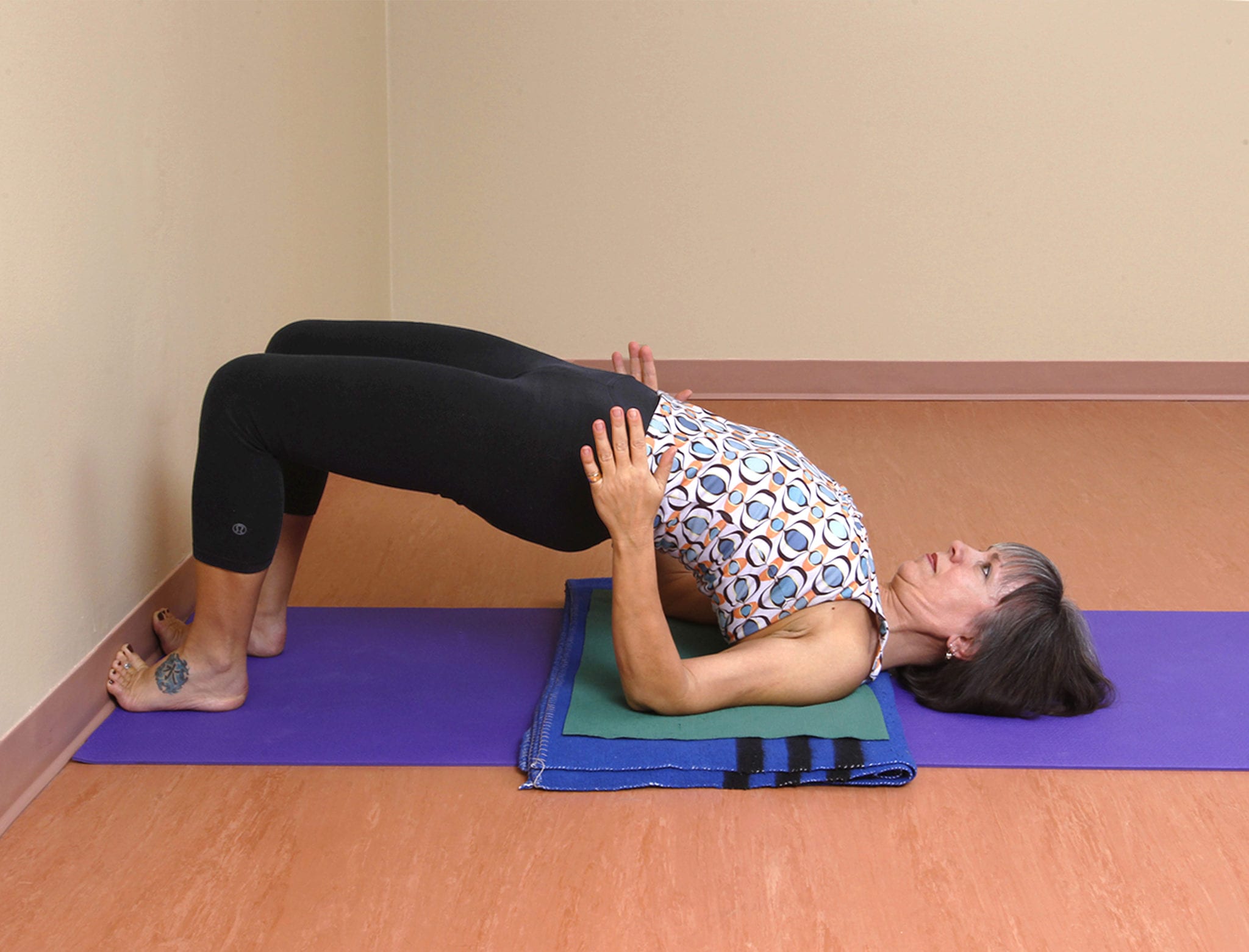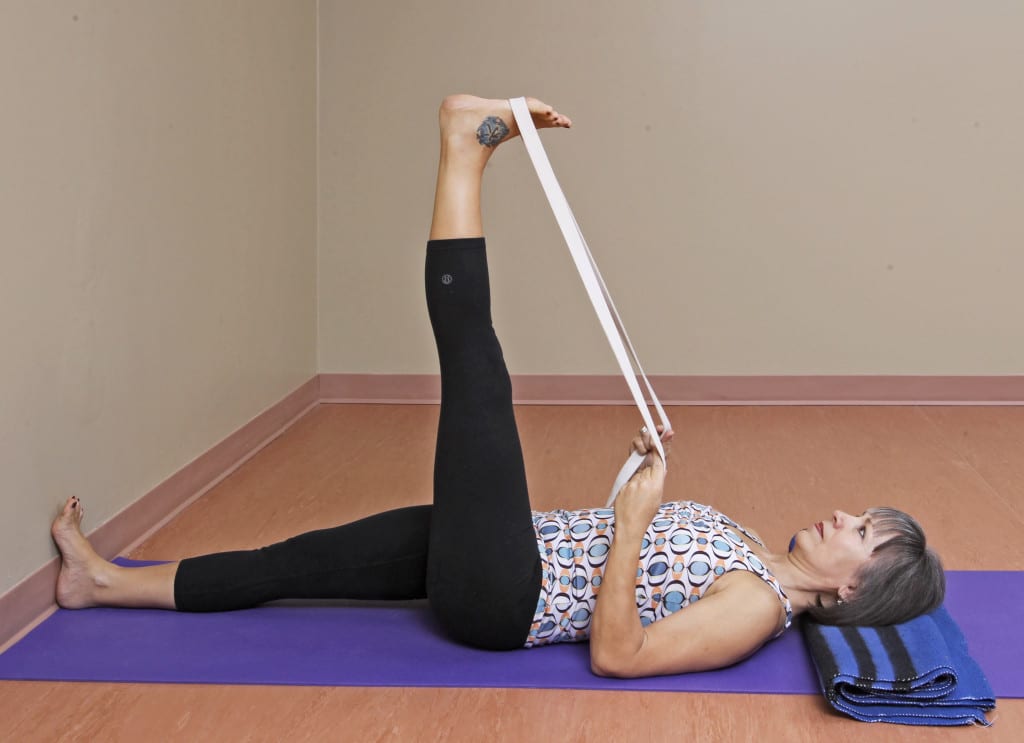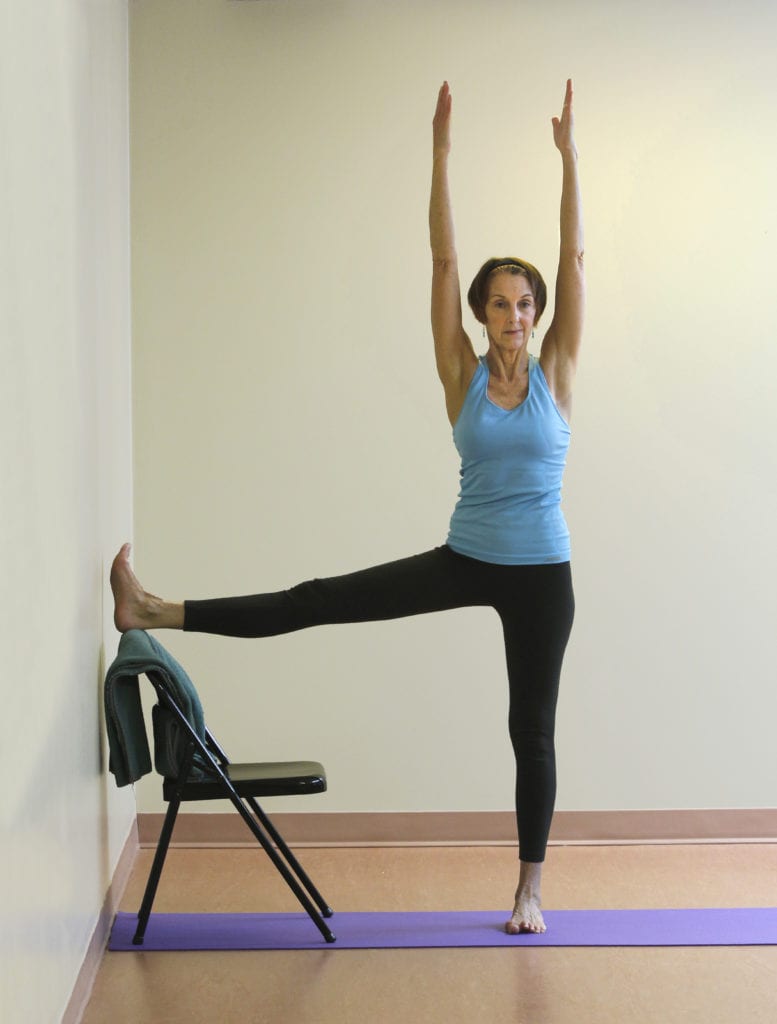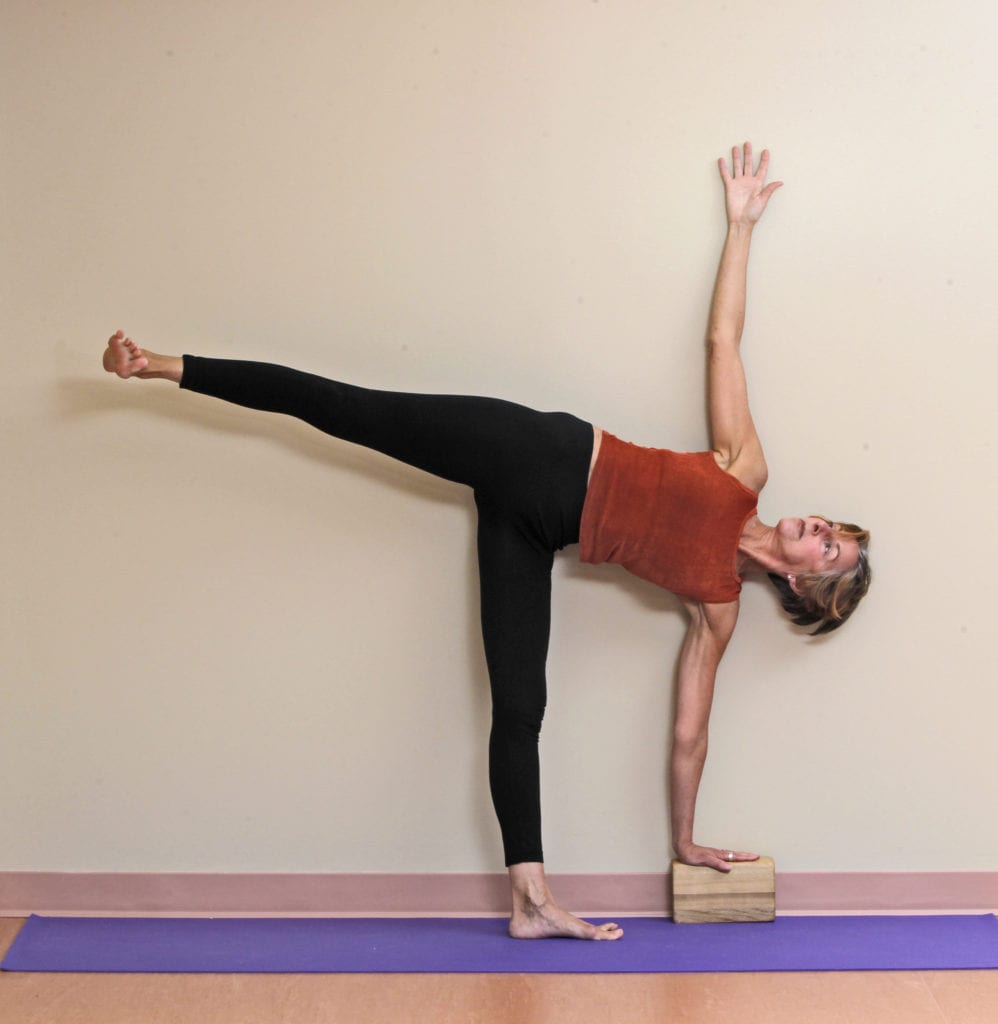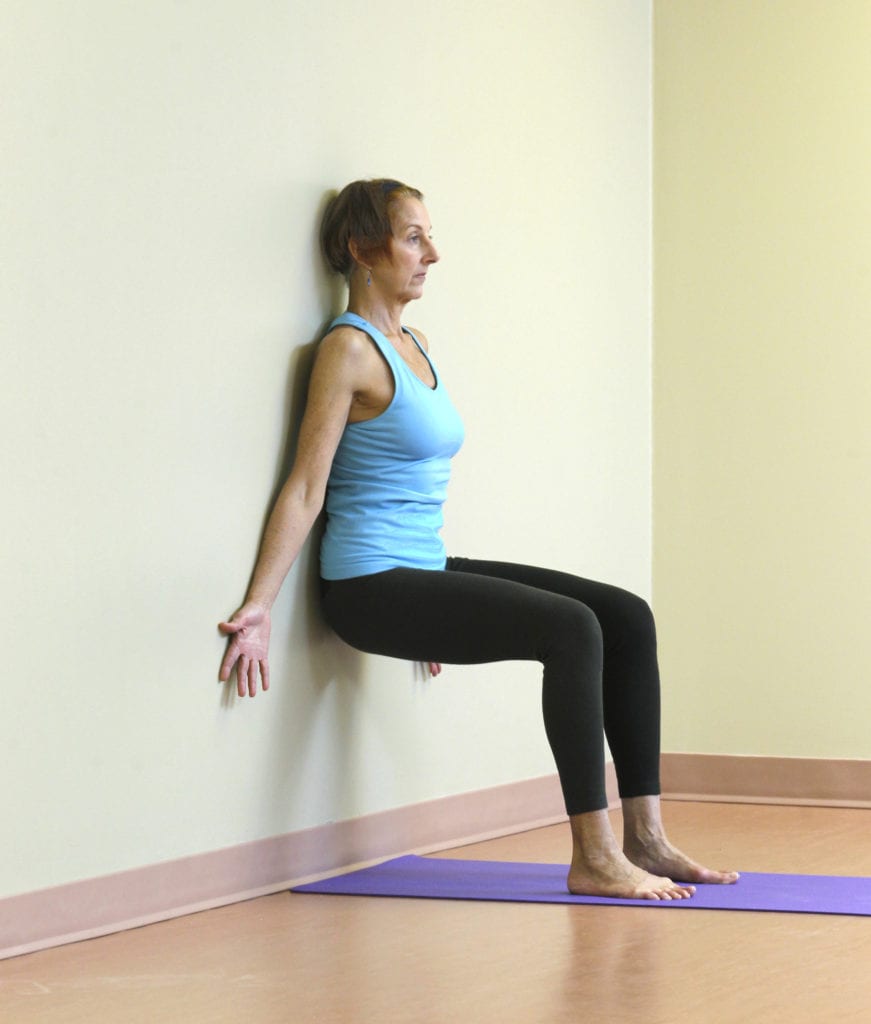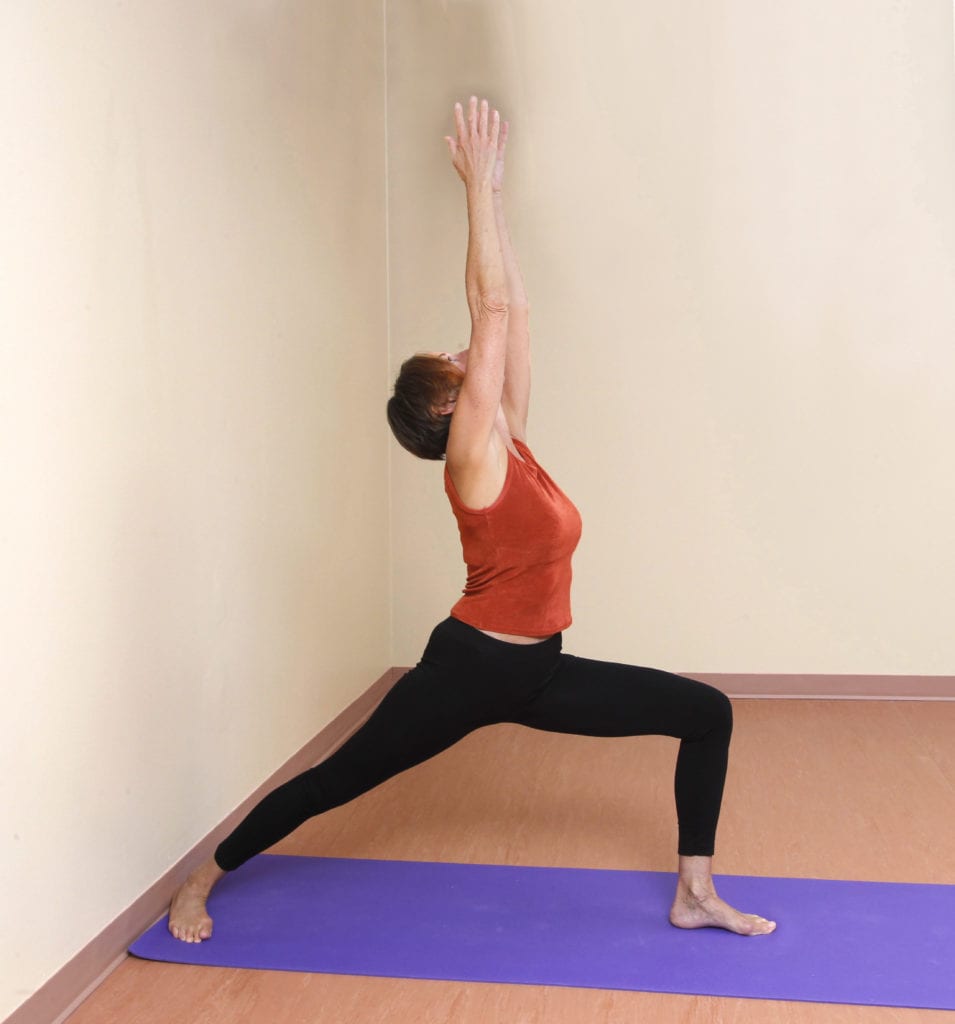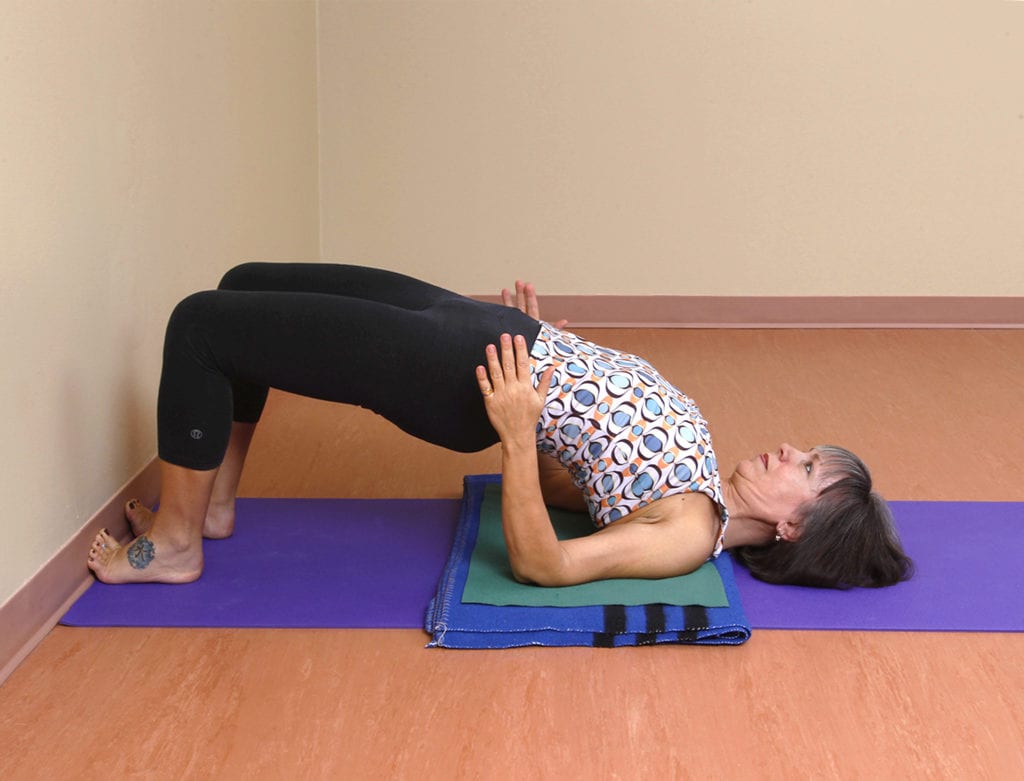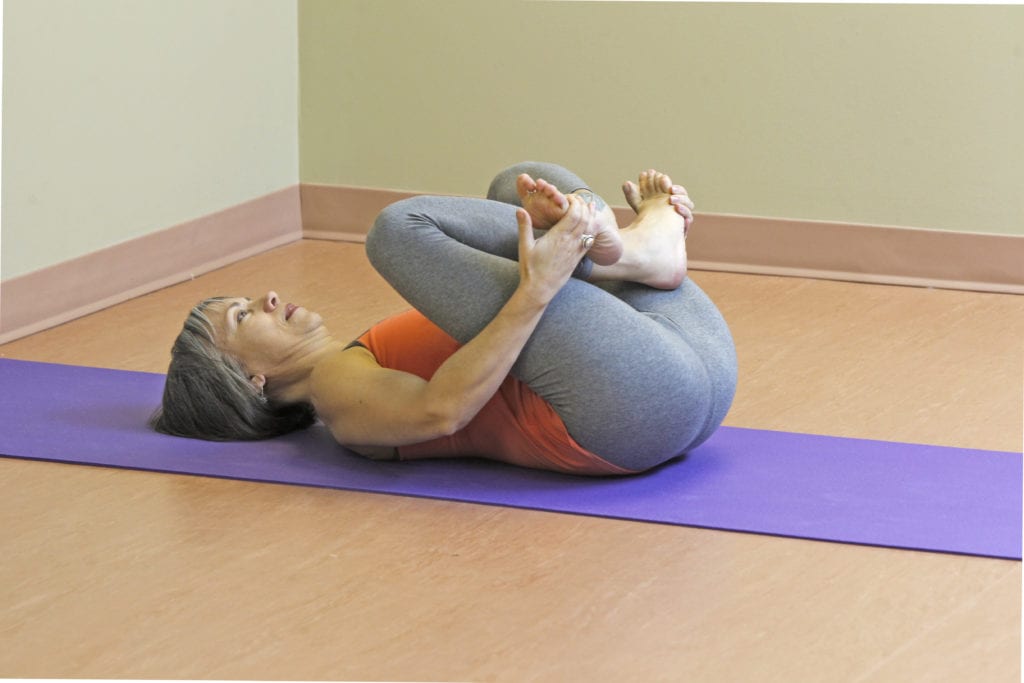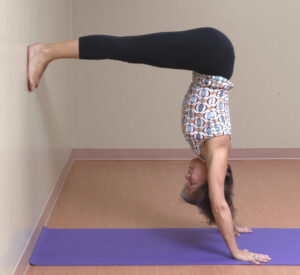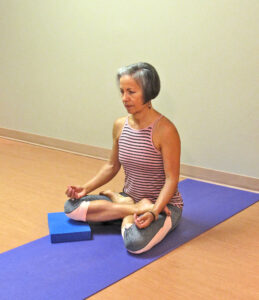Alignment plus Strength are the Wellness Keys
Do you currently suffer from chronic knee pain? Do your knees hyperextend? Or, do you hear “snap, crackle, pop” when you bend your knee joints? If so, these are the primary indicators of knee misalignment and instability.
Unfortunately, our knee joints are quite shallow, which has the potential to increase their instability. In addition, many of us do not consciously maintain correct knee alignment further aggravating instability and increasing unnecessary wear and tear on the joint. Continually misusing these joints with poor knee habits further prevents us from building strength and stability where it is so needed. Over time, our improper habits often lead to cartilage damage or loss and eventually debilitating knee pain.
The good news is cartilage can grow back, albeit very slowly, and only if you give your knees a chance to heal by practising healthy, mindful knee actions. Take it from someone who retired from jogging for five years because of torn meniscus in both knees, recovery is slow but definitely worth it. I am now happily back on the road, and you, too, can heal your knees to jog or ski or dance again.
Time for healing and time for learning new knee movements are equally vital. At the same time, be wary of meniscus surgery, which does not repair knee cartilage but instead removes it. The cartilage between your upper and lower leg bones, which form the knee cavity, is a vital cushion intended to prevent these bones from grinding down each other’s surface. Patience, as well as a thoughtful practice consisting of knee alignment and strengthening actions, is the key to rehabilitating and recovering your knees.
A simple place to start is with the beginner yoga action demonstrated below — align the centre of your knees with the centre of your second toes. Your foot is like a pointer leading you in the right direction, so let your toes guide you on your path to healthy knees. Using this knee-to-toe alignment adjusts the upper and lower leg bones so they nestle into rather than knock each other.
Your kneecap signals the direction your upper leg bone is rotating, and your foot indicates the direction of the shin bone and lower leg. In Virabhadrasana I below, notice if your bent knee wanders to the inside or outside of your ankle. Both indicate a misalignment habit. By aligning knee to toe, you correctly stack your leg bones through using and strengthening your inner quadriceps. The often-neglected inner quads, when strengthened, prevent misalignment, damage and pain.
From a purely spiritual aspect, much of our unresolved emotional suffering (Dukha), is held in larger joints such as our knees. Opening and strengthening this joint cavity releases both physical and emotional stressors thereby increasing our capacity to respond with clear seeing and calm abiding. Work with the yoga actions indicated below over the next few weeks or months, and feel the impact on your knee joints and inner being.
Action: Align the centres of the kneecaps with your second toes. For more advanced practitioners, from the second toes, create a slight arch to both mounds of the big and baby toes.
SUPTA PADANGUSTHASANA (Lying Down Hamstring Stretch pose)
Lie on your back with both feet into the wall. Place a belt around your left foot and straighten your leg upward. Find the knee-to-toe alignment action in both legs. Hold for 5 – 10 breaths and repeat on the other side.
UTTHITA HASTA PADANGUSTHASANA (Standing Hand To Big Toe pose)
Stand with your right side facing a chair. Bring your right foot onto the support of the chair (or a block placed on the chair seat). If you can balance, raise your arms. Find the knee-to-toe action in both legs and feet. Hold for 5 – 10 breaths and repeat on the other side.
ARDHA CHANDRASANA (Half Moon pose)
Stand with your back either close to or against a wall. Turn your left leg out 90 degrees and check for knee-to-toe alignment. Then, bend your left knee and place your left hand onto a block. Again, find the action in your left leg as you straighten it. Let your right leg lift upward. Hold for 5-10 breaths and repeat on the other side.
UTKATASANA VARIATION (Chair pose variation)
Stand against a wall. Walk your feet out until your heels are thighs-length away from the wall. Find the action in both legs as you bend your knees and slide your body down the wall into a right angle. Hold for 5 – 10 breaths, press into your feet and slide back up. Repeat two more times.
VIRABHADRASANA I (Warrior I pose)
Stand with your feet wide-distance apart and your right outer heel at the wall. Turn your left leg out 90 degrees, and find the knee-to-toe action in both legs. Bend your front knee and raise your arms. Hold for 5 – 10 breaths and repeat on the other side.
DWI PADA PITHAM (Wedge pose)
Lie on your back with your knees bent, feet on the floor and toes up the wall. To keep your neck soft and not over-flattening, use the support of one or two blankets under your shoulders. Find the action in both legs. Press into your feet and upper arms and lift your pelvis toward the ceiling. Hold for 5 -10 breaths, then lower your pelvis to the floor. Repeat this two more times.
SUPTA SUKHASANA (Lying Down Cross Legged pose)
Lie on your back (use support under your head to prevent it from rolling back). Cross your ankles, hold onto the baby toe side of your feet and draw your legs toward your chest. Hold for 5 -10 breaths, then change the crossing and repeat the hold.
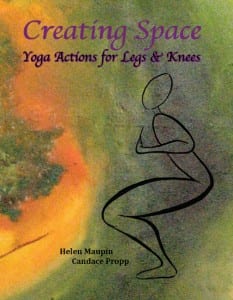 Winnipeggers Helen Maupin (www.righttojoy.com) and Candace Propp (www.natureofcontentment.com) are certified senior yoga teachers and authors of the Creating Space: Yoga Actions book series. To purchase these print or ebooks, visit here. For yoga teacher training (200- & 500-hour) with them and Stacy Schroder or to purchase the Yoga Actions teacher training facilitator manuals and student handbooks contact www.sereneyogastudio.com.
Winnipeggers Helen Maupin (www.righttojoy.com) and Candace Propp (www.natureofcontentment.com) are certified senior yoga teachers and authors of the Creating Space: Yoga Actions book series. To purchase these print or ebooks, visit here. For yoga teacher training (200- & 500-hour) with them and Stacy Schroder or to purchase the Yoga Actions teacher training facilitator manuals and student handbooks contact www.sereneyogastudio.com.
Photos by Wayne Glowacki.

